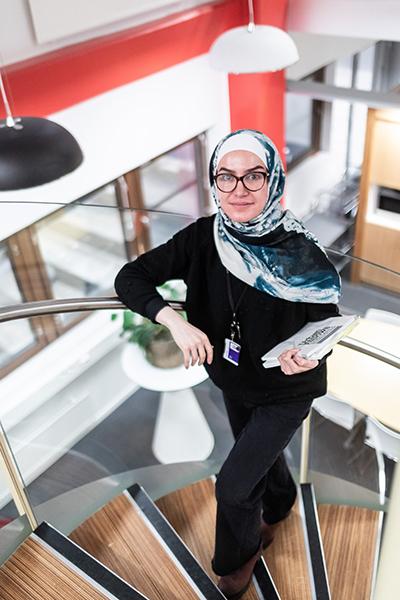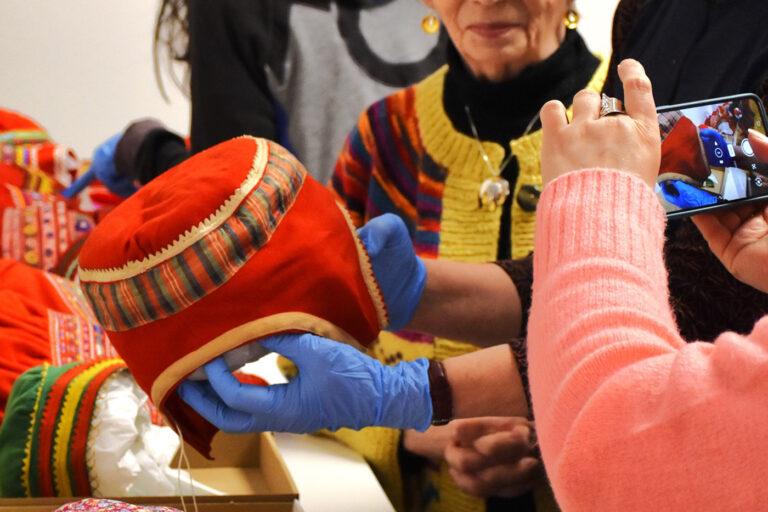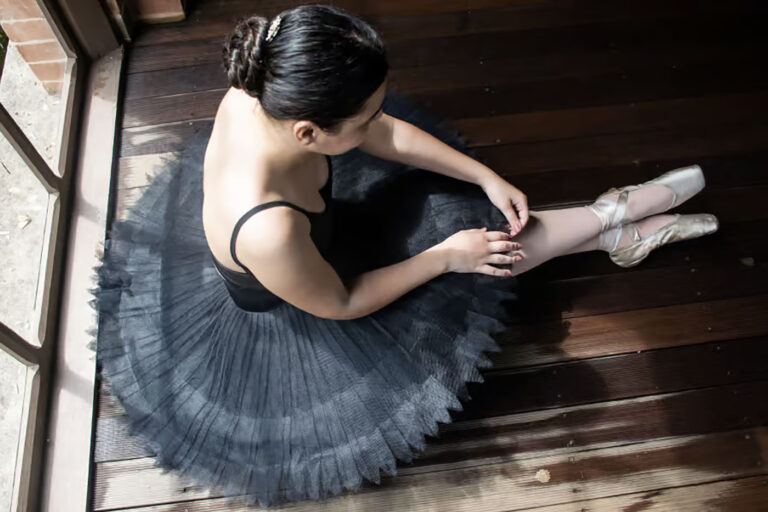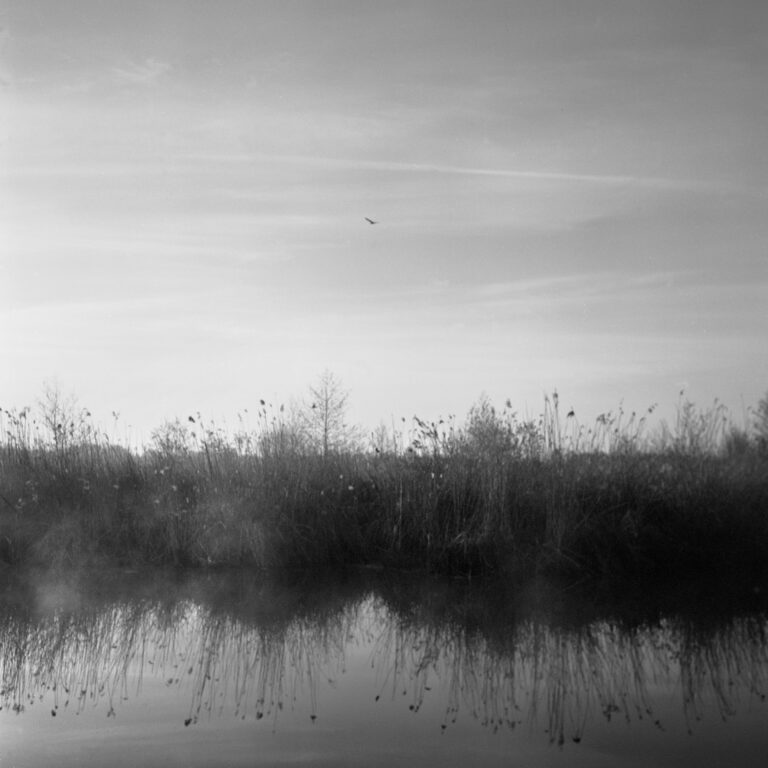Understanding spaces that separate and unite
Interstitial spaces are an underutilised part of the urban environment, and a focus of interest for postdoctoral researcher Alia’a Amr.
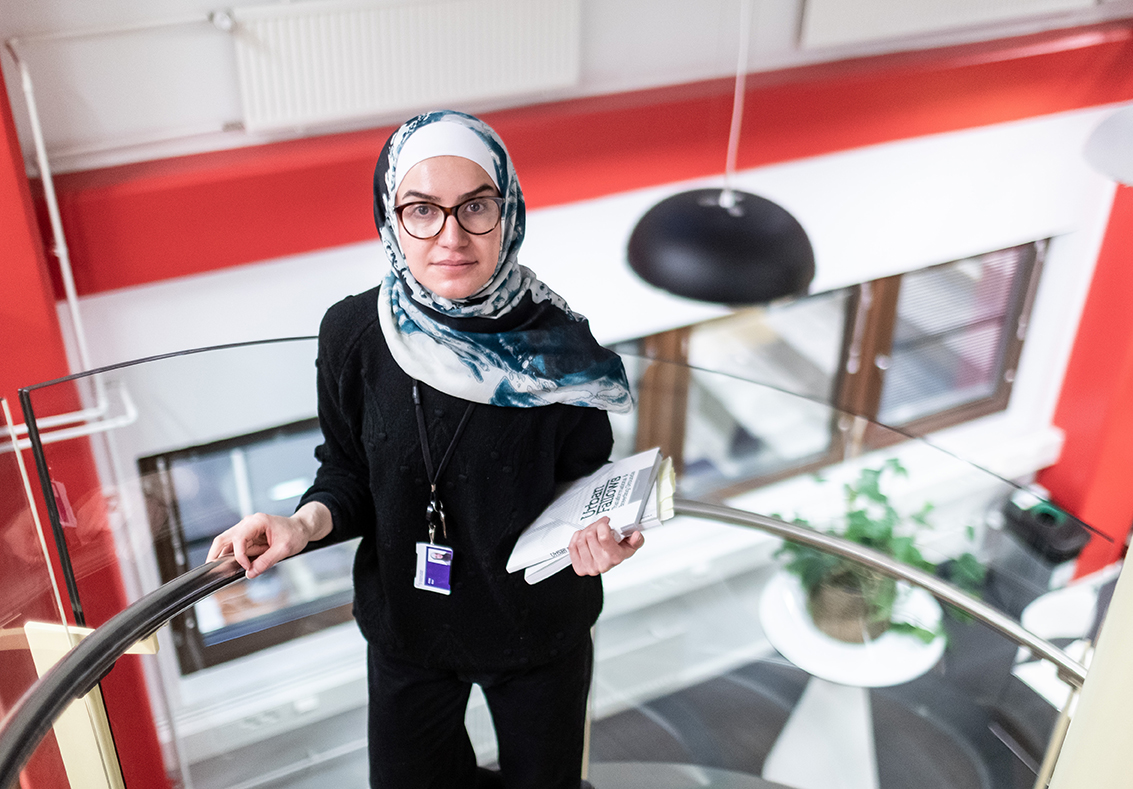
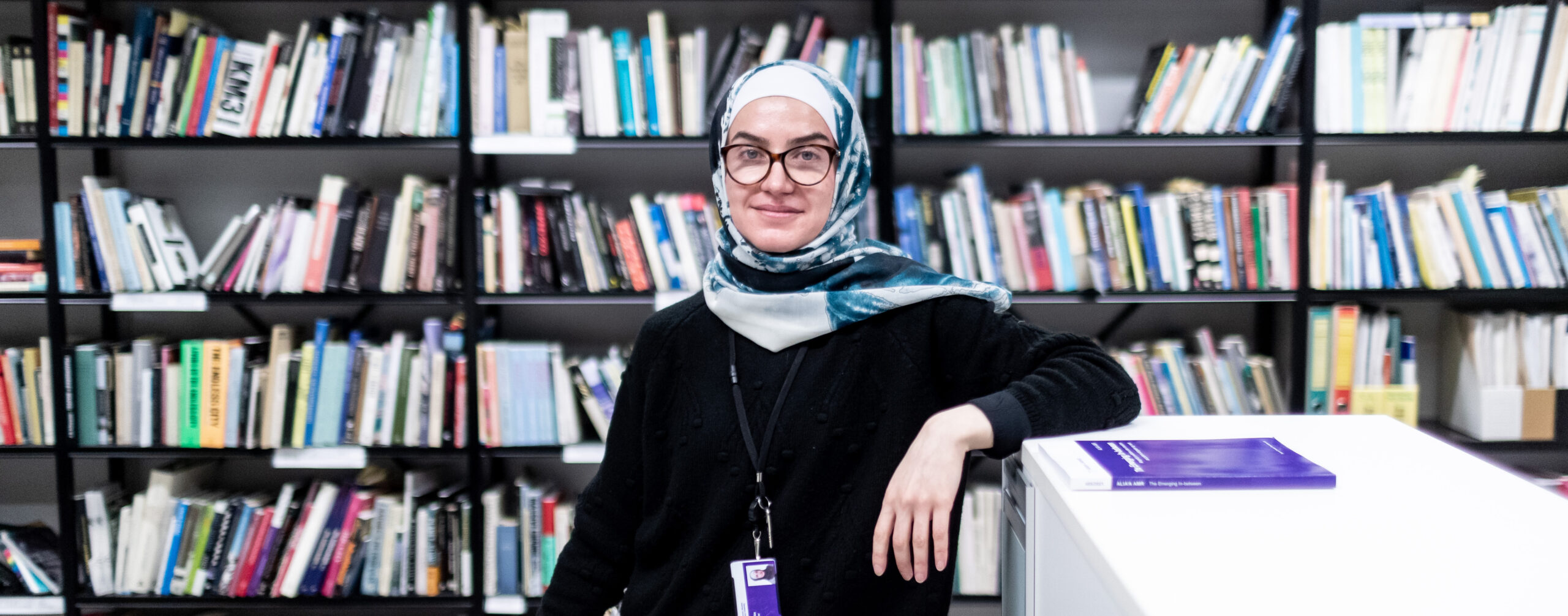
Text: Laura Iisalo
Photos: Rami Marjamäki
In every city there are underdeveloped, in-between areas that form boundaries or edges within the urban built environment. These areas are called interstitial spaces and they differ in scale. A logistics plot next to an apartment building, a space underneath a bridge, a highway, or an area alongside a ring road is considered interstitial, but even a whole city or a community can be interstitial.
These in-between areas are often ignored, yet they are an integral part of the on-going and rapid transformation of the built environment that is reshaping our cities, says Alia’a Amr, currently a postdoctoral researcher at Tampere University.
– These interstitial, partitioning spaces are defined as empty, underdeveloped, under-utilised. They increase separation and segregation but they have the potential to be contributors to the urban fabric. The potential of interstitial areas in general depends on the way spatial transition is facilitated and processed. How these areas emerge and transform is my area of interest, she says.
We shape our cities, then they shape us
Cities are defined by the built environment but also by people, culture, heritage, and the interactions between them. You don’t have to have a degree in architecture or spatial planning to participate in city development or placemaking.
– The concept of spatial transition is complex and involves inseparable social, cultural, economic, political, environmental, and spatial aspects. We need new combinations of hybrid tools, data, and models to steer the process of spatial transition, especially in the most vulnerable areas such as the interstitial ones, Amr says.
In her master’s thesis Amr discussed the spatial transition of urban peripheries, and in her PhD she looked at the urban transition and interstitiality of ring roads and areas alongside them in Oslo, Greater Helsinki, Greater Amman, and Kuwait City.
Cities are defined by people, culture, heritage, and the interaction in between.
To deepen her knowledge, Amr will be conducting new, postdoctoral research at the School of Natural and Built Environment at the Queen’s University of Belfast in Northern Ireland, funded by the foundations’ Post Doc Pool.
International collaboration benefits all parties
Amr is interested in the city of Belfast because it provides a unique and unexplored context for her research topic. She is especially intrigued by the areas around certain infrastructures such as the peace walls, which were created during and after the 30-year long conflict in Northern Ireland to separate the Catholic and Protestant neighbourhoods.
– Besides providing spatial analysis, her research will include an assessment of the social and environmental aspects of these spaces. The outcomes of this project can be benefitted from not only in Belfast, but also in different urban contexts, she says.
While Amr believes that being part of the interdisciplinary and international research community will be a significant step in her academic career, she also thinks that it will provide new opportunities for close collaboration between the two universities in Tampere and Belfast.
– We are a global research community that encourages open-access publishing, and this is an opportunity to exchange knowledge and experience. These collaborations are key enablers of high-quality science and outputs. I’m sure that all parties will benefit, Amr says.
Postdoctoral researcher Alia’a Amr was awarded funding from the Foundations’ Post Doc Pool. She will be analysing interstitiality at the Queen’s University Belfast in Northern Ireland.
